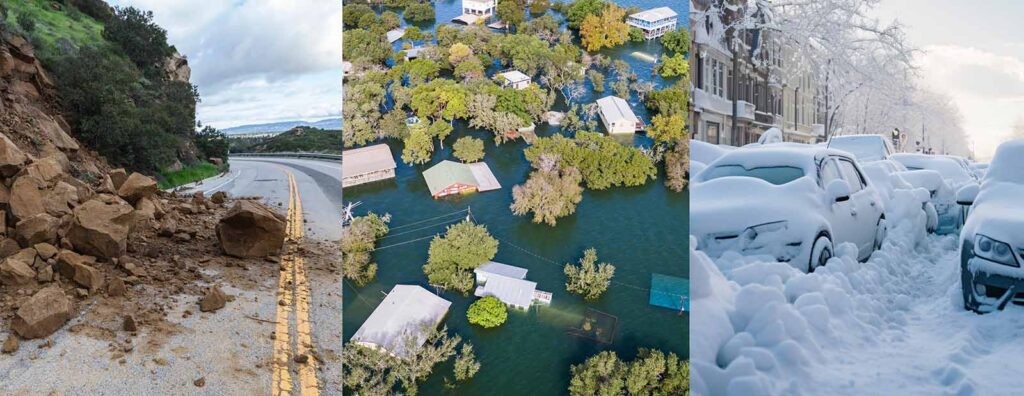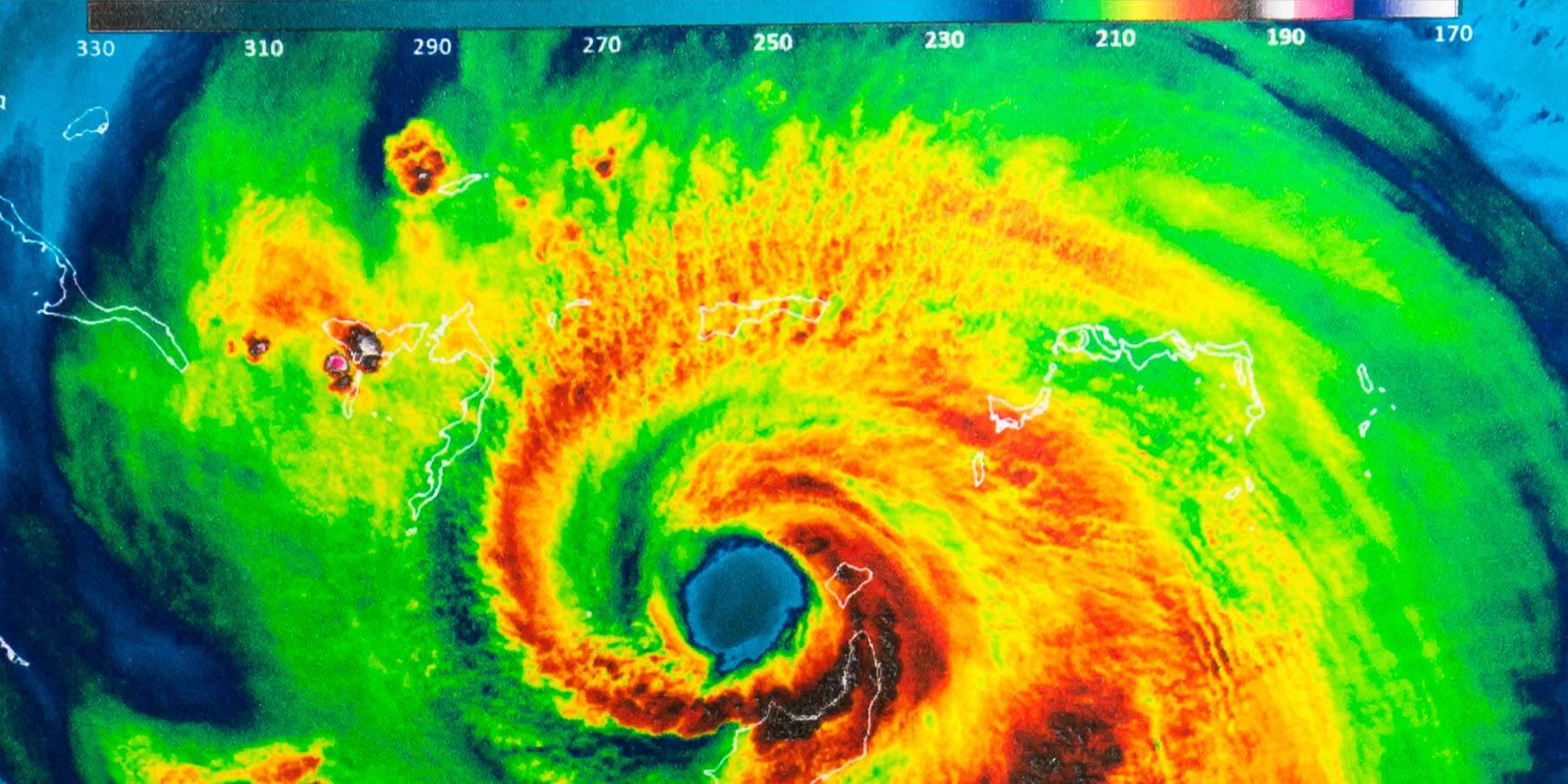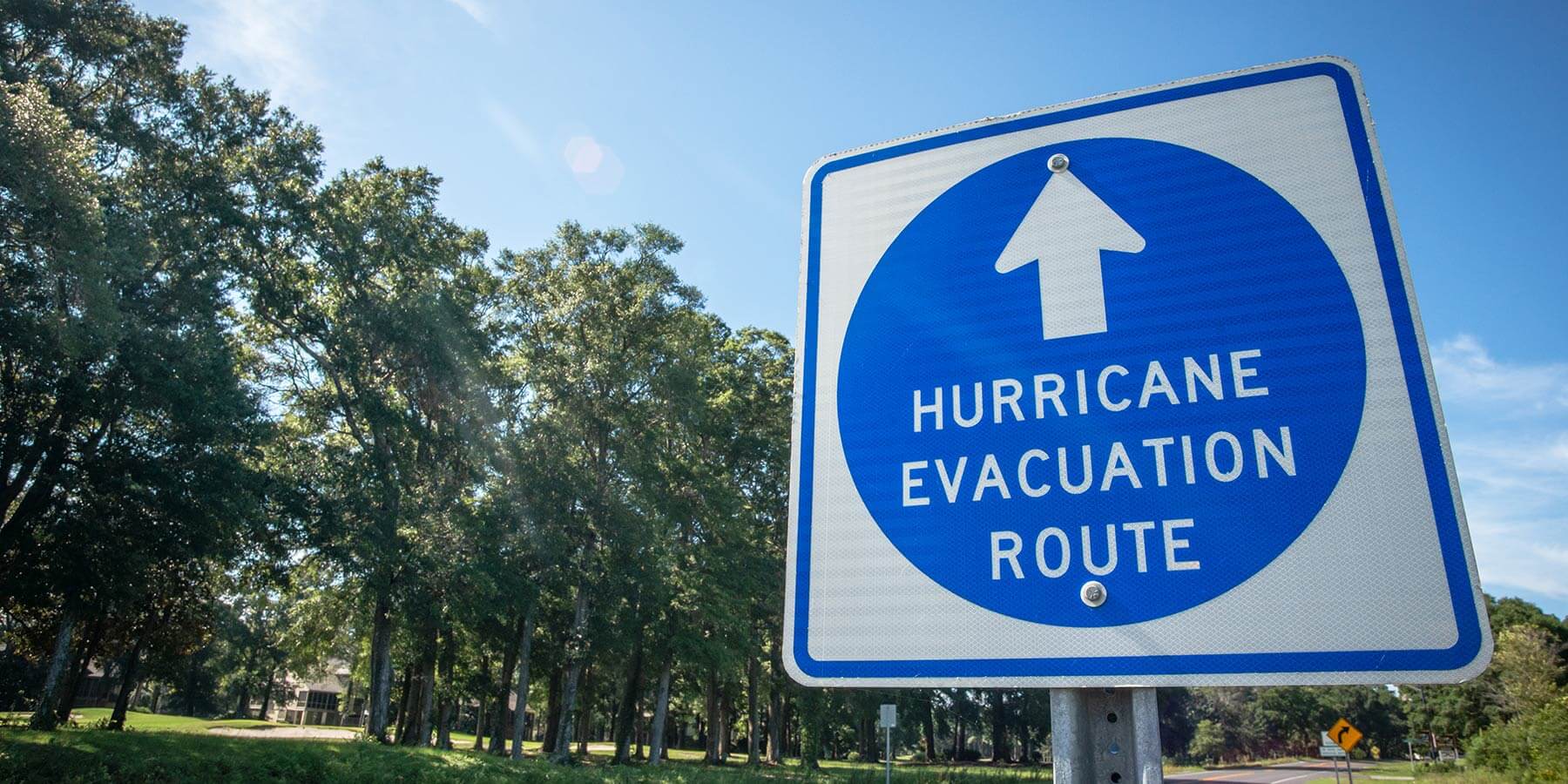Understanding El Niño and Its Implications
As the winter season draws near, state, and local governments need to be vigilant about the potential effects of El Niño on winter weather across the country. El Niño, a climate pattern characterized by the warming of the Pacific Ocean, doesn’t occur annually but disrupts global weather when it does. The National Oceanic and Atmospheric Administration (NOAA) has acknowledged the presence of El Niño this year, pointing to a potential increase in severe winter conditions.
Let’s break down El Niño’s projected impacts on various regions:
- Southern United States: Increased rainfall is anticipated, raising concerns about potential flooding. Although snowfall might be infrequent, the heightened precipitation can translate to slippery roads, posing risks to community members.
- Northern United States: States like those in the Midwest and Northeast should brace themselves for colder climates and intensified snowfall. This can lead to hazardous driving conditions, including icy terrains and limited visibility.
- Western United States: Areas such as the Pacific Northwest and parts of the northern Rockies might witness a surge in winter storms. This not only means heavy snow and rain but also an increased avalanche risk in mountainous areas.
Community Preparedness for Winter Challenges
In the face of these potential challenges, it’s critical for state and local governments to prioritize the safety and resilience of their communities. Here’s a strategic approach:
- Develop a Communication Strategy: A well-structured emergency communication plan is vital, ensuring residents are informed and know how to connect with local agencies during extreme winter weather.
- Distribute Community Emergency Kits: Encourage and guide community members to assemble emergency kits. These should contain essential items like non-perishable food, water, and medical supplies. For winter, additions like blankets and hand warmers are crucial. It’s advisable to have supplies that last a minimum of 72 hours.
- Promote Home Winterization: Inform residents about the significance of insulating homes to retain warmth. Offering guidelines on sealing doors and windows and providing tips on pipe insulation can prevent potential damage.
- Advocate Vehicle Preparedness: Remind communities of the unpredictability of winter travel. Encourage residents to have winter-specific emergency kits in their vehicles, maintain full fuel tanks, and equip vehicles with snow-appropriate gear.
- Facilitate Timely Information Dissemination: State and local governments should ensure their communities have access to regular weather updates and advisories. Leveraging weather apps and emergency alert systems can provide real-time, actionable information.
While El Niño can significantly influence winter weather patterns across the U.S., proactive steps by state and local governments can reduce associated risks and ensure the safety and resiliency of their communities.



